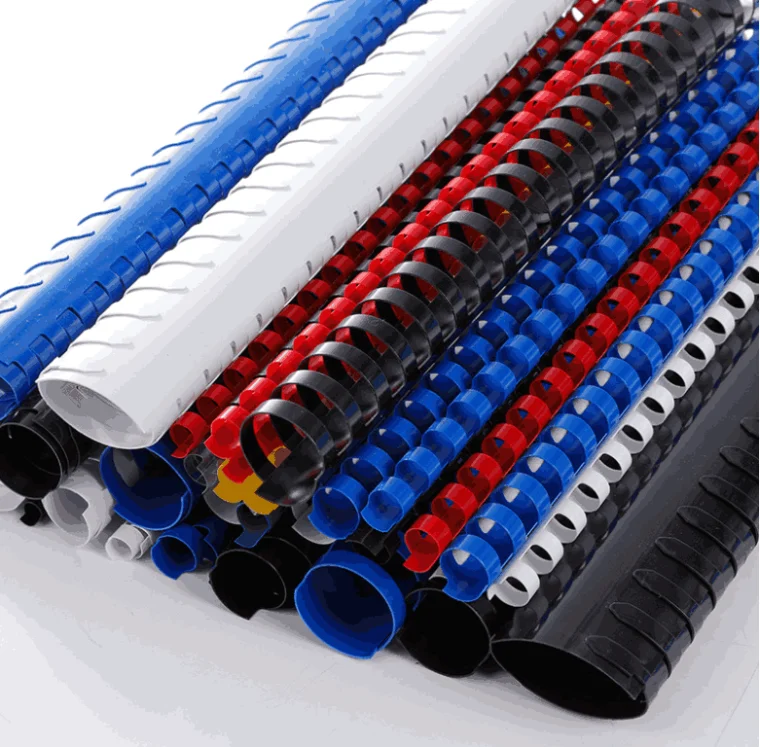When it comes to choosing a printer, HP (Hewlett-Packard) is often at the forefront of consumer consideration. Known for their reliability and innovation, HP printers are widely used in both home and office settings. However, like any technology, they come with their own set of disadvantages that potential buyers should be aware of. In this article, we will delve into the cons of HP printers, providing a comprehensive overview that will help you make an informed decision.
- Cost of Consumables
One of the most significant drawbacks of HP printers is the ongoing cost associated with consumables, particularly ink cartridges. HP has a reputation for producing high-quality prints, but this often comes at a price. The cost of replacement ink cartridges can be exorbitant, especially for users who print frequently. Additionally, HP's proprietary cartridges are designed to work exclusively with their printers, limiting options for third-party alternatives that could be more cost-effective.
Moreover, many HP printers come with starter cartridges that contain less ink than standard cartridges. This means that users may find themselves needing to replace cartridges sooner than expected, further driving up costs.
- Print Speed and Efficiency
While HP printers are generally reliable, some models may not offer the print speed that users expect, particularly in high-volume printing scenarios. Many entry-level and mid-range HP inkjet printers can be slower than their competitors, which can be a significant drawback for businesses or individuals who require quick turnaround times.
Additionally, the efficiency of HP printers can be compromised by the need for regular maintenance, such as print head cleaning and alignment. These processes can consume time and resources, detracting from overall productivity.
- Software and Driver Issues
HP printers often come bundled with software that is intended to enhance user experience. However, many users report issues with HP's software and drivers, which can lead to compatibility problems with various operating systems. Frequent updates and patches can be cumbersome, and users may find themselves troubleshooting connectivity issues more often than they would like.
Furthermore, the reliance on HP's software can create a dependency that may limit the printer's functionality with third-party applications. This can be particularly frustrating for users who prefer to use alternative software solutions for document management or printing.
- Limited Warranty and Customer Support
While HP offers a warranty on their printers, many users have expressed dissatisfaction with the level of customer support provided. The warranty period can be relatively short, and the process for obtaining repairs or replacements can be cumbersome. Users often report long wait times for customer service and difficulty in resolving technical issues.
Additionally, some HP printers are designed with a limited lifespan, which can lead to concerns about durability and long-term investment. Users may find that their printers require replacement sooner than anticipated, leading to increased costs over time.
- Environmental Concerns
As awareness of environmental issues grows, the sustainability of printer technology is becoming a significant concern. HP has made strides in producing more eco-friendly products, but the reality is that many HP printers still rely on non-recyclable materials and generate waste through disposable cartridges.
The environmental impact of frequent cartridge replacements and the energy consumption of printers can be significant. Users who are environmentally conscious may find themselves at odds with the practices associated with traditional HP printing solutions.
Conclusion
While HP printers are often praised for their quality and innovation, it is essential to consider the potential drawbacks before making a purchase. The high cost of consumables, print speed limitations, software issues, customer support challenges, and environmental concerns are all factors that can impact your overall experience.





